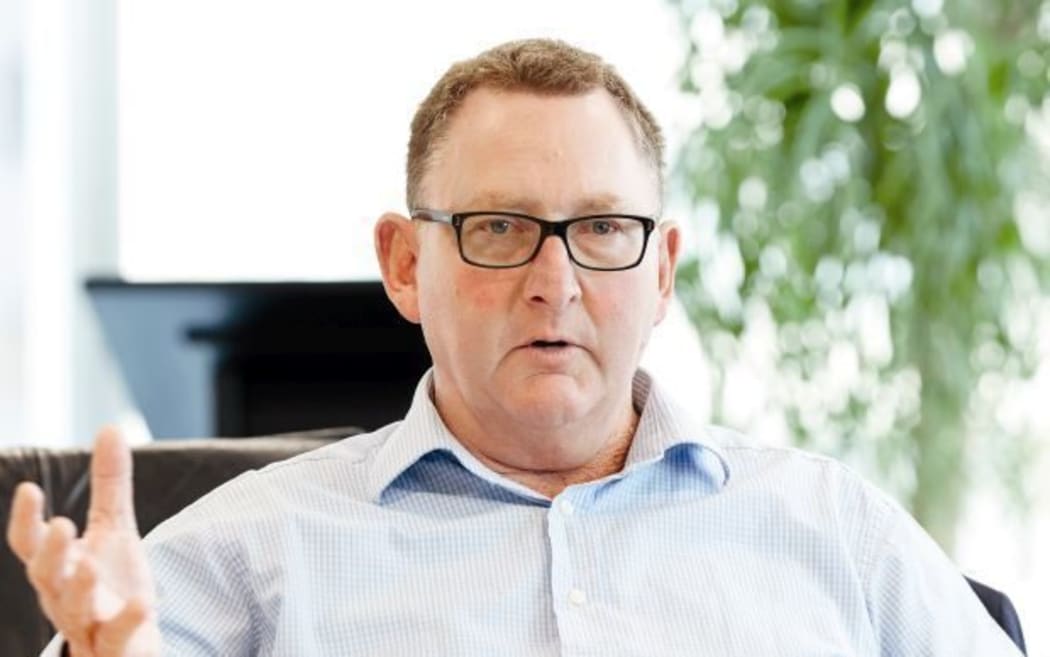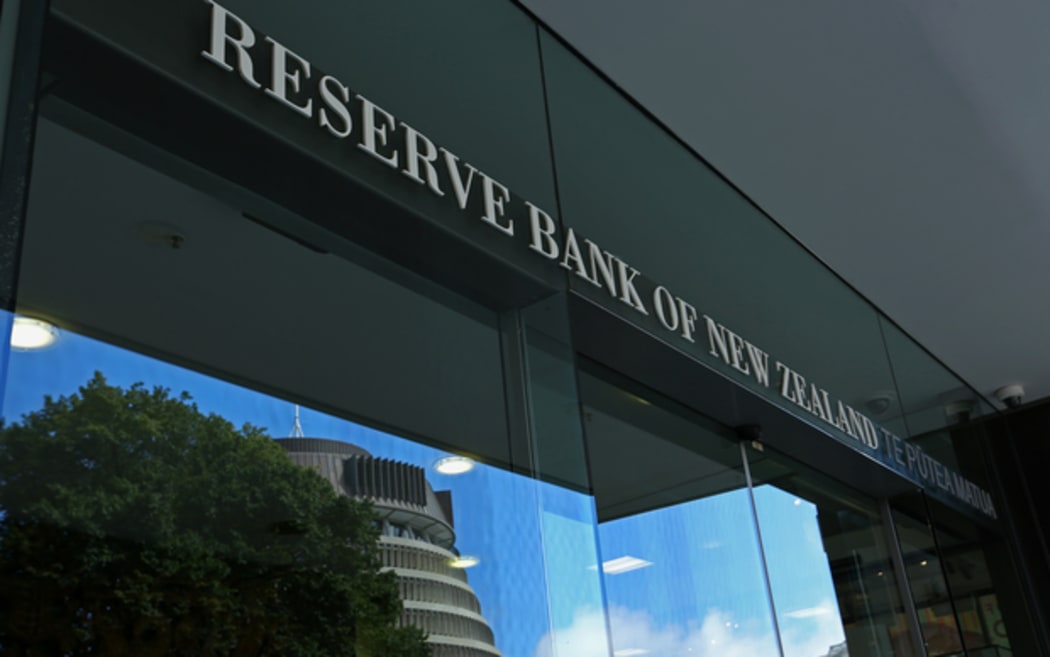Reserve Bank governor Adrian Orr is on a mission to explain the role of the central bank to New Zealanders. The Bank's legislation is currently under review and a period of consultation is about to begin.
Orr says it is important that politicians and the public understand the complex financial ecosystem over which the Reserve Bank presides.

Photo: NZ Super Fund
He likens the Reserve Bank to Tāne Mahuta in Northland, the great, largest known kauri tree.
“The roots are our legislation. The legislation is out for review now - that’s going to be around the scope of what we do, the tools that we have and the governance.
“These are really important issues and a big reason why I wrote this document, to make people understand that mucking around with the roots of the system is pretty sensitive stuff. You’ve got to be careful and think hard.”
Operational independence to control inflation and the central bank’s oversight of retail banks has kept the New Zealand economy stable, Orr says.
“Changing one thing in a very interconnected financial system has implications - always - everywhere else.”
Capital adequacy is key
Oversight of the big four Australian-owned banks, has taken up much of the Reserve Bank’s energy in recent years, Orr says.
“We’re working very hard with them around capital adequacy. Are they properly capitalised? Are they capable? Are they committed to this country?
"We are demanding that the banks hold a certain level of capital as a buffer to bad times, but also that they are capable of standing alone if their parents fall over.”
Orr says this has been slow but necessary work.
“It’s very, very hard work, because the banks don’t like to do this.
"No one likes to plan for their own funeral. So we say 'you hold capital' and the banks say ‘we don’t like holding capital because that might cost us’.
"We’re saying 'you make sure you’ve got the systems in place so if your parent fails you can still operate'. They don’t like to do that ... they say ‘oh we like to use our parent [bank]'s systems'.”
Going back to his Tāne Mahuta metaphor, Orr says the retail banks are branches voluntarily grafted onto the Reserve Bank's main trunk.
“It’s all about understanding that Tāne Mahuta is here in New Zealand and for New Zealand. The fact that you have chosen to graft your bank onto our trunk is your choice, but you have to behave and be consistent.”
Orr told Kathryn Ryan the Australian banks are now legally incorporated in New Zealand, but still not operationally ring fenced from their Australian owners.
“It has been a 20-year battle ... a lot of the big banks originally were just branches - we’ve now at least got them locally incorporated with a legislative ring fence around them.
“The operational independence is still a work in progress around 'can you keep the lights on?'.”
Coming of age

The Reserve Bank of New Zealand Photo: RNZ / Alexander Robertson
The Reserve Bank Act 1989 gave it operational independence and made price stability its sole monetary policy objective.
“We call that the coming of age of Tāne Mahuta in this story, when we were given operational independence and a much clearer focus, a single purpose to make sure that price stability existed in this country as well as a focus on the soundness and efficiency of our financial system.
“What people have to remember is we exist because we print our own money, for our own country, and that means money has to be a trusted means of exchange. To do that we have to have stable inflation.”
Orr says the Reserve Bank has helped steer the economy into calmer waters.
“We are in low stable inflation, and low nominal interest rates and the economy’s been chugging along very well. Interest rates are one way of controlling inflation – our challenge at the moment is to get inflation up, not down.
“We’re in good a space. I know we like to worry about things, I’m just saying let's step back and look at the big picture - we had [in the 1990s] double-digit inflation, we had double-digit unemployment.
"That is not the economy we live in now.”
New Zealand weathered the last global financial crisis in pretty good shape, bur Orr says planning for the next one never stops.
“We don’t sit there trying to predict if and when one of these will happen, we sit there and say what would we do if one did happen? And this is really the basis for which we do the regulation and capital adequacy work.
“It’s really critical because people in good times don’t really worry about listening to doctors providing health tips - it’s in bad times that we worry about visiting the doctor.”

